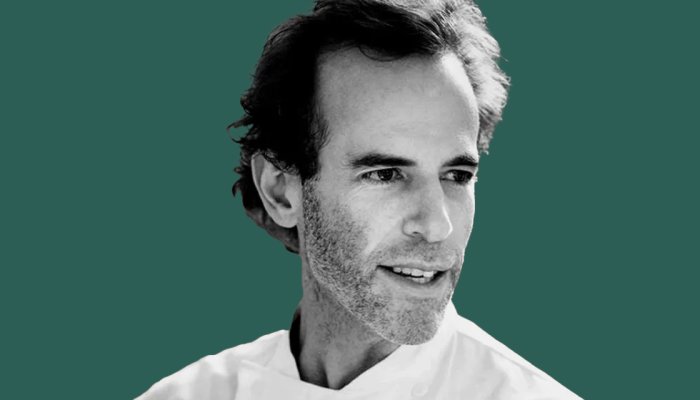The Surprising Way To Make Veggies Taste 10x Better, From An Award-Winning Chef

Remember when we told you how soil affects the quality of your veggies? Plant a seed in biodiverse, rich soil, and it’ll grow into a more nutritious vegetable—as opposed to seeds planted in over-tilled soil stripped of its microbial life.
Barber wholeheartedly agrees with that sentiment, although he takes it a step further: The more biodiverse the soil, and the more nutrient-dense the vegetable, the better it’ll taste. “The flavonoids are flavors,” he says. So when you curate nutrition, you’re also inherently curating taste.
To circle back to our carrot example: “A delicious carrot is defined by a seed that’s full of nutrient density and flavonoids,” Barber explains. These nutrients, he adds, also tend to develop in response to the surrounding environment.
For instance, “Pick a carrot that lived through near-freezing temperatures in the last four or five days—that temperature converted the starches in the carrot to sugars and raised the brix,” says Barber. “And when you raise the brix, you get all sorts of nutrition that wasn’t there before, and you also get sweetness because brix is sugar.”
Essentially, crops grown in the right soil and in the right conditions create stellar tasting veggies. “When you come into my restaurant for dinner and you have a carrot steak, a carrot salad, or whatever the carrot iteration is, I look like a much more genius chef because those starches have been converted to sugars,” he poses. It’s like taking advantage of the soil conditions to create the best eating experience. Neat, no?
This article was originally published by mindbodygreen.com. Read the original article here.




